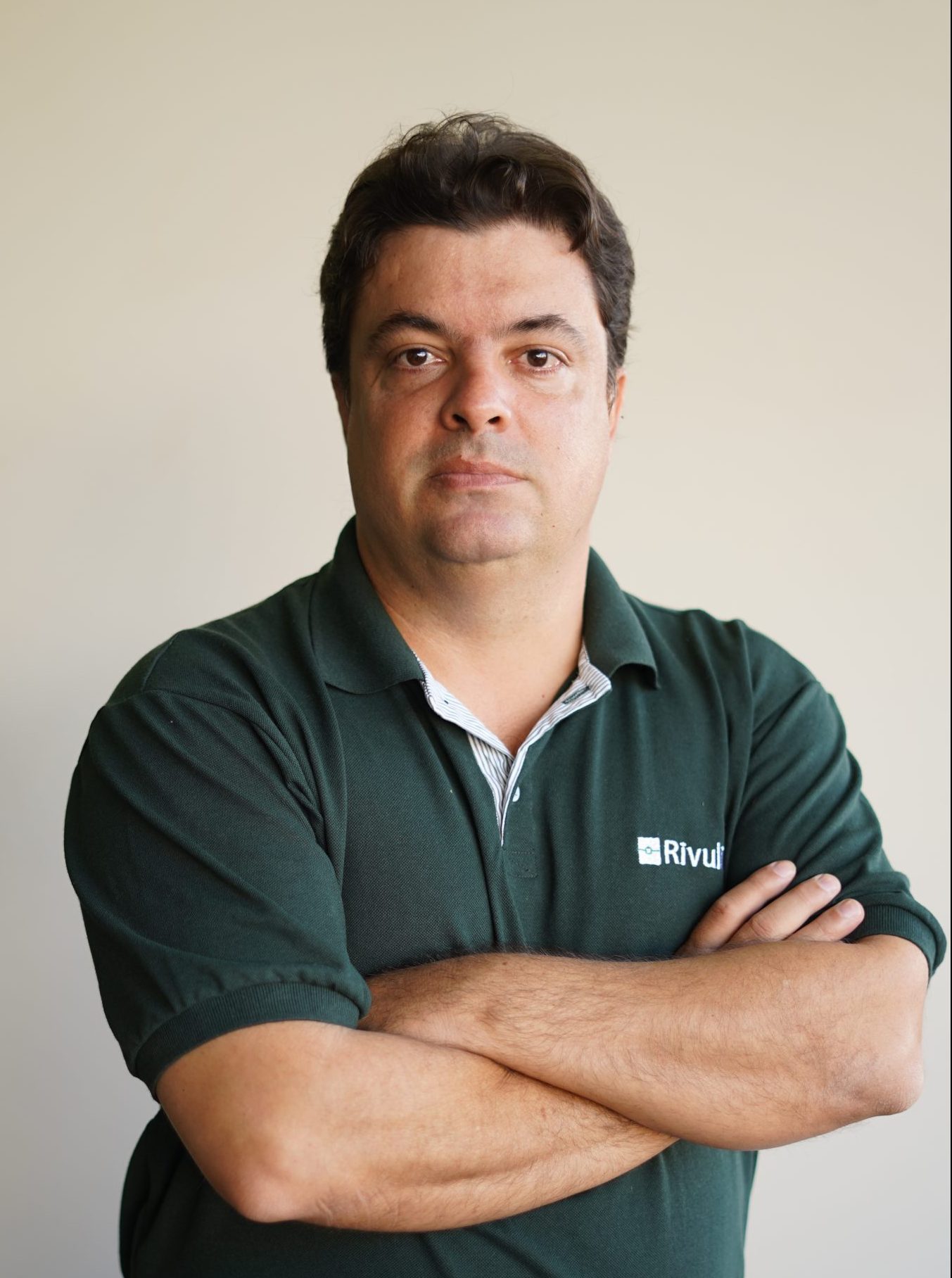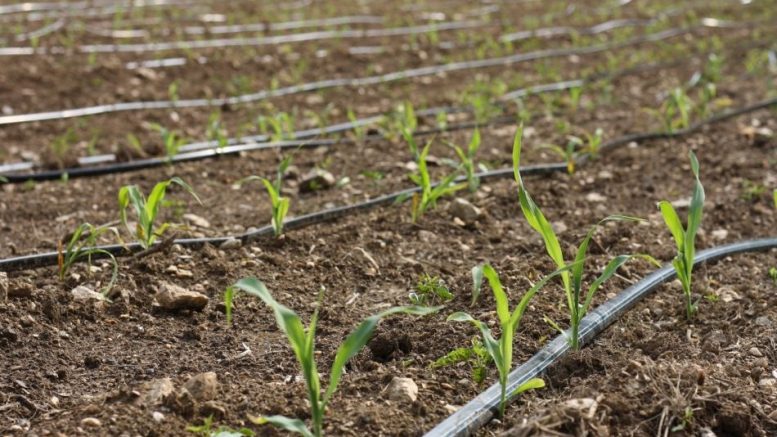“Em média, o custo por hectare pode variar de R$ 25.000 a R$ 30.000…”
Leandro Lance é diretor comercial da Rivulis e conselheiro do Grupo de Irrigação e Fertirrigação de Cana-de-açúcar – GIFC.
Lance é engenheiro agrônomo, com mestrado em agricultura e ambiente pela Universidade Federal de São Carlos.

Leandro Lance, diretor comercial da Rivulis
AgriBrasilis – Vale a pena irrigar cana-de-açúcar?
Leandro Lance – A irrigação visa não só complementar a água de chuvas, mas também propiciar o plantio e condução de cultivos em áreas ou épocas em que tradicionalmente não ocorrem chuvas na quantidade desejada.
Com a irrigação por gotejamento é possível colher até 12 safras sem a necessidade de reforma do canavial, otimizando o uso de 100% da área e evitando a abertura de novas áreas para plantio.
Outra importante ferramenta utilizada na irrigação é a técnica de fertirrigação, que consiste em colocar nutrientes na água de irrigação, fornecendo-os de forma parcelada e de acordo com a necessidade da planta, sem a necessidade de máquinas e implementos para fazer essa distribuição. Na prática, observa-se que as perdas por volatilização ou por lixiviação de fertilizantes é bem reduzida quando a fertirrigação é corretamente aplicada.
Comparando o custo-benefício do investimento na tecnologia de irrigação por gotejamento, do aumento na produtividade, longevidade do canavial e valor agregado da propriedade, fica evidente que a adoção da tecnologia é uma escolha eficaz.
“Com a irrigação por gotejamento é possível colher até 12 safras sem a necessidade de reforma do canavial, otimizando o uso de 100% da área e evitando a abertura de novas áreas para plantio”
AgriBrasilis – Qual é o investimento para a irrigação por gotejamento em canaviais e quanto tempo demora para amortização?
Leandro Lance – O investimento pode variar significativamente, dependendo de fatores como a área a ser irrigada, o tipo de equipamento escolhido, a topografia do terreno e a infraestrutura existente. Em média, o custo por hectare pode variar de R$ 25.000 a R$ 30.000.
A amortização do investimento geralmente ocorre entre 3 e 5 anos, dependendo da melhoria na produtividade e da economia de água e insumos proporcionada pelo sistema. Regiões com maiores desafios de disponibilidade hídrica ou com alta variabilidade climática, podem obter retorno mais rápido devido ao aumento de produtividade já nas primeiras safras.
AgriBrasilis – A adoção da irrigação está crescendo?
Leandro Lance – Essa é uma tecnologia com alto potencial, e que está em plena expansão, especialmente quando falamos de regiões mais quentes, com solos mais arenosos. Essas são áreas com características que as tornam com maior déficit hídrico. São regiões como o Noroeste Paulista, Mato Grosso do Sul, Minas Gerais, Goiás, o Nordeste em geral e ainda o Pontal Vale do Paranapanema em São Paulo.
AgriBrasilis – Como escolher o sistema de irrigação ideal para o canavial?
Leandro Lance – Para escolher o sistema de irrigação ideal para o canavial, é importante considerar fatores como o tipo de solo, disponibilidade de água, topografia do terreno, eficiência energética e as necessidades específicas da cultura na região.
A usina deve consultar um especialista em irrigação, que pode ajudar a tomar a decisão mais adequada para maximizar a produtividade do canavial junto a operação agrícola.
AgriBrasilis – Como funciona o programa de financiamento da Rivulis para aquisição de sistemas de irrigação?
Leandro Lance – Para facilitar a aquisição do sistema de irrigação, a Rivulis disponibiliza financiamento próprio. Dizemos que é praticamente um aluguel do sistema, onde o produtor paga com açúcar. O preço já é pré-fixado e pode ser quitado em até cinco anos. Outro ponto importante é o atendimento pós-venda.
Um técnico da Rivulis fica em tempo integral presente no projeto para treinar usuários, monitorar o programa de irrigação e apoiar a manutenção por doze meses.
AgriBrasilis – Poderia citar casos de sucesso do uso de irrigação em cana?
Leandro Lance – Os casos de sucesso mais emblemáticos de usinas que implementaram em suas áreas a irrigação por gotejamento são o da indústria Da Mata Açúcar e Álcool, de Valparaíso, SP, que aderiu a tecnologia de irrigação por gotejamento há algumas sete safras, com resultados bastante positivos em 1.250 hectares de canaviais. Deu tão certo a iniciativa, que em breve deve ser finalizado um novo projeto, ampliando a área de gotejamento para 1.600 ha, com planos de chegar a quatro mil hectares. O outro grande exemplo vem de um fornecedor que irriga 150 hectares (100% de sua área) e que também tem alcançado ótimos resultados.
LEIA MAIS:

